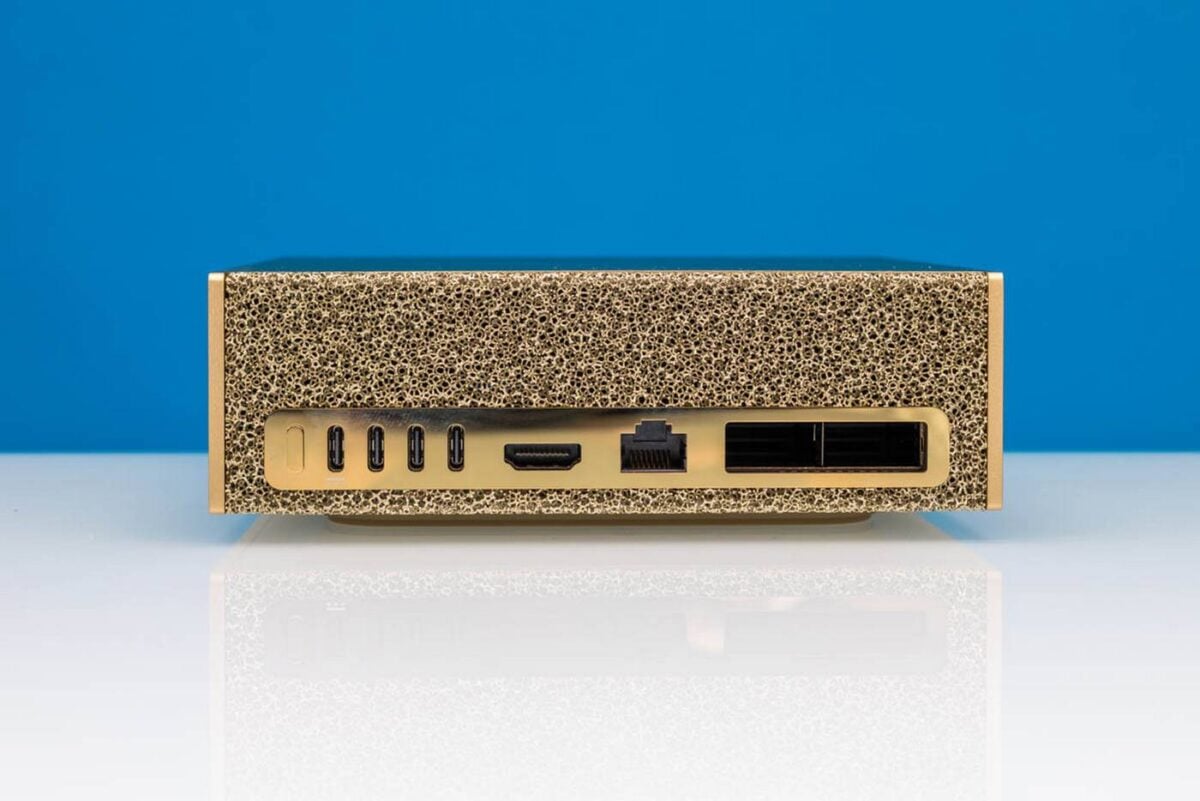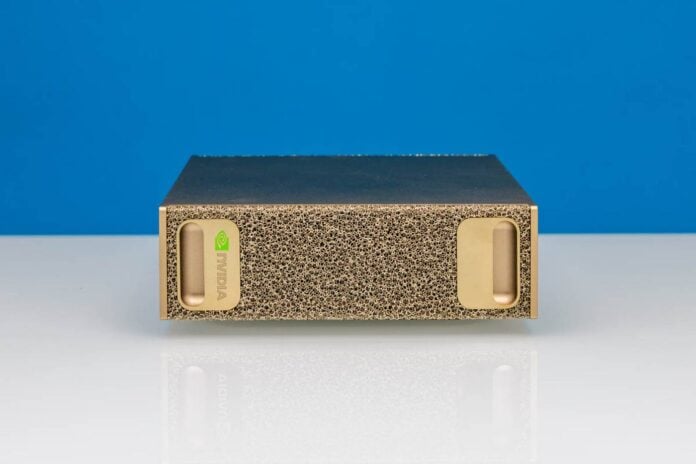Nvidia has released its long-awaited DGX Spark, a compact platform for AI model training and inference, advertised as the world’s smallest AI supercomputer. It is said to bring datacentre-scale AI to local environments thanks to the GB10 GPU with 128GB of unified LPDDR5x memory. Its ability to link to another DGX Spark via the high-speed QSFP ports makes it especially versatile for fine-tuning large models locally without relying on the cloud.
Reviewers praise the Spark’s memory capacity, clustering support, and developer-focused software, highlighting its out-of-the-box usability and remote workflow potential. This tiny machine excelled at inference and large-model experimentation, as expected, though at a price. The DGX Spark is set to retail between $3,000 and $4,000, which is significant for an Arm-based system coupled with an RTX 5070 equivalent GPU; though for that, you get a massive 128GB of memory and a strong software stack.

- ServeTheHome was enthusiastic, calling it “so freaking cool,” highlighting cluster potential, networking, memory architecture, and compactness, though noting price as a caveat.
“It is, however, impossible for me to get past the feeling that this is a game-changer. We have 128GB of unified memory to run large models; … Instead of having to hack together a low-cost Thunderbolt network or something of that nature, you can just use a very high-end 200GbE RDMA NIC.” Adding, “Even though we have more than one GB10 in the studio right now, if I had the opportunity to buy another, I would do it immediately.”
- HotHardware struck more measured tones, praising its software usability, unified memory, and connectivity, but noting performance and price concerns, which makes it more of a companion dev tool than a replacement for high-end GPUs.
“The software is what really sells the device, though. The developer documentation and playbooks on NVIDIA’s Build portal for the Spark are thorough and easy to follow. Even novices who aren’t experienced developers in the AI space will have no trouble getting up and running with a host of different tasks.”
- Level One Tech on YouTube was also positive, highlighting the compact form factor, 128GB unified memory, and clustering for large AI models. Wendell also noted a modest performance compared to full-size DGX and high-end GPUs.
“This is the smallest thing that you can get that will let you do basically everything end-to-end for about any DevOps tooling you’d want to do; … If you want to experiment with doing your own large models to test drive the new NVFP4 format, you can do that too, natively on this piece of hardware.” Adding that “the skills that you build with this are going to transfer directly to those big clusters in the sky.”
- The Register was, however, cautious, recognising the potent hardware specs but questioning its real-world value, especially versus other Nvidia hardware.
“If you want a small, low-power AI development platform that can pull double duty as a productivity, content creation, or gaming system, then the DGX Spark probably isn’t for you. You’re better off investing in something like AMD’s Strix Halo or a Mac Studio, or waiting a few months until Nvidia’s GB10 Superchip; … But, if your main focus is on machine learning, and you’re on the market for a relatively affordable AI workstation, there are a few options that tick as many boxes as the Spark.”
- LMSYS was very positive, praising its design, memory, and clustering, emphasising it as a strong tool for local AI inference.
“The NVIDIA DGX Spark is a fascinating glimpse into the future of personal AI computing. It takes what was once reserved for data centres: large memory, high-bandwidth Ethernet interconnects, and Blackwell-class performance, and distils it into a compact, beautifully engineered desktop form factor. While it doesn’t rival full-size DGX servers or discrete RTX GPUs in raw throughput, it shines in accessibility, efficiency, and versatility.”
Overall, the DGX Spark seems to be a specialised, niche product that excels in AI development thanks to its large memory and clustering capability. It brings all of this in a small form factor that fits unobtrusively on any desk. However, while it signals a move toward accessible locally deployed AI infrastructure, it is not a replacement for high-end GPUs.


